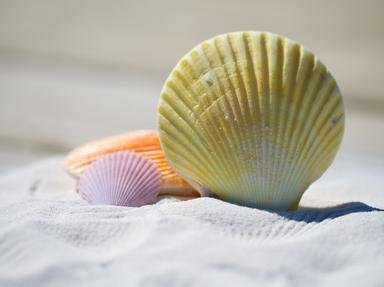Quiz Answer Key and Fun Facts
1. Which goddess from Greek mythology emerged from the sea on an oyster shell?
2. Ostreidae is the scientific name for the edible oyster. Which genus is that of the pearl-forming oysters?
3. Oysters have gills.
4. Oysters create pearls by secreting _________, made up of calcium carbonate, which builds up in layers and becomes lustrous and shiny.
5. The largest oysters can grow up to three feet long in shell length. Which is the largest pearl-producing oyster?
6. Will every individual oyster form a pearl sometime during its lifetime?
7. The oyster is a predator of the starfish.
8. There are no such things as male and female oysters.
9. The oyster crab is also known as which?
10. Of the options listed, which is the most necessary ingredient for an oyster to produce a pearl?
Source: Author
RiriFairy
This quiz was reviewed by FunTrivia editor
crisw before going online.
Any errors found in FunTrivia content are routinely corrected through our feedback system.

